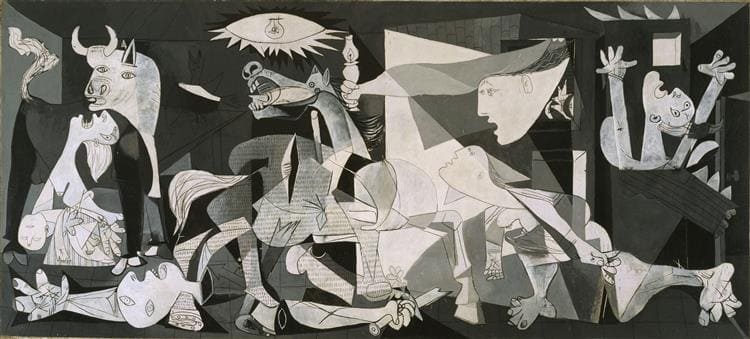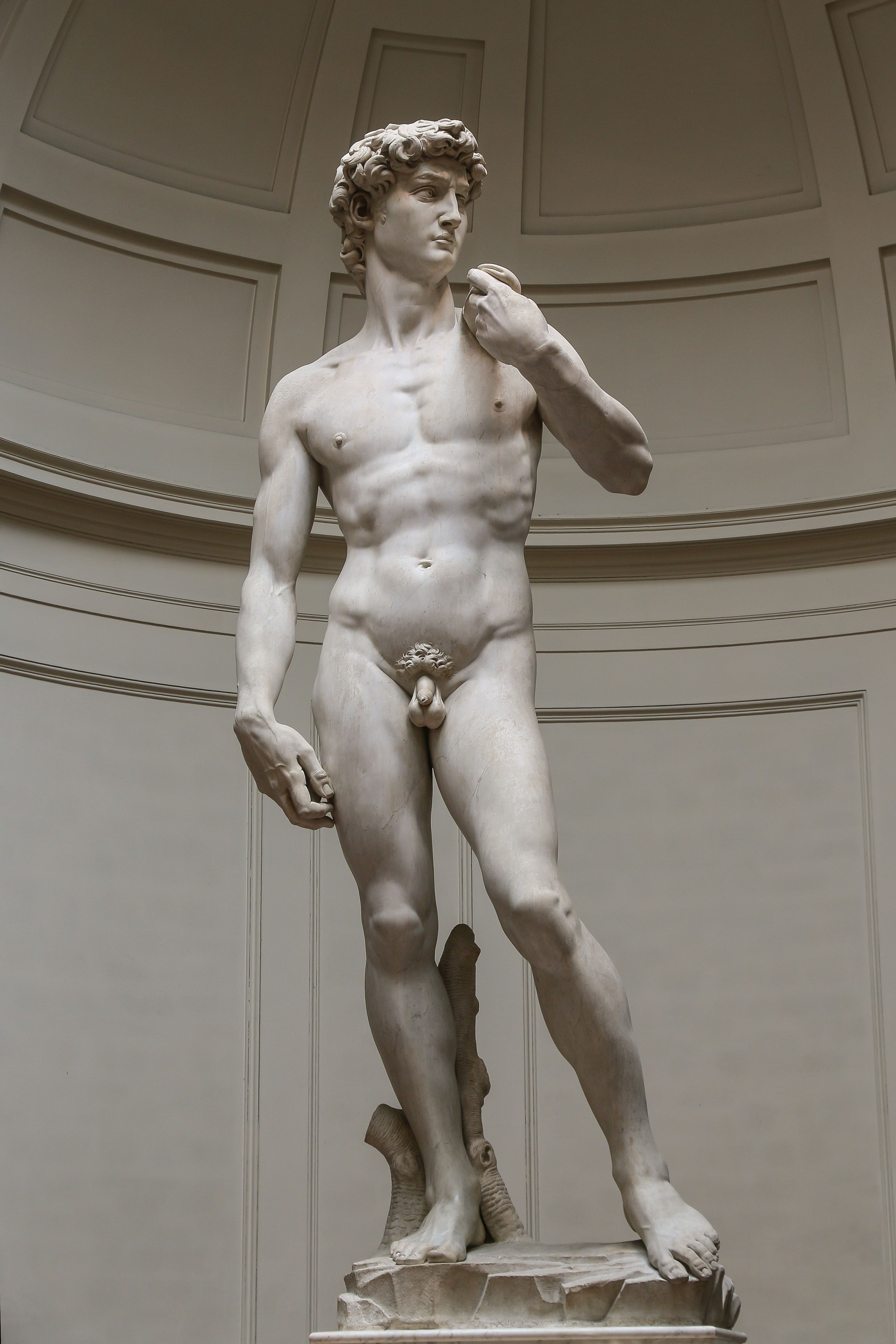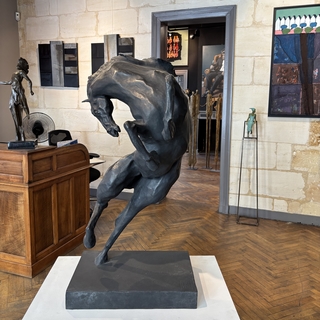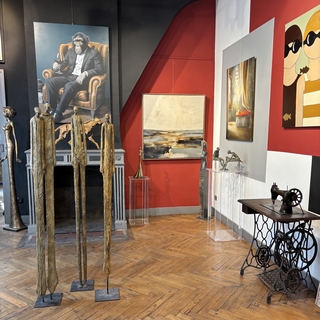No products
Product successfully added to your shopping cart
There are 0 items in your cart. There is 1 item in your cart.

What is a Work of Art? Definition, Examples, and Inspiration
A work of art is more than a mere object; it’s a creation that evokes emotions, opens new perspectives, and invites contemplation. It can be a painting, sculpture, photograph, or installation and stands out through its depth, skillful execution, and the creativity of the artist. But what exactly defines a work of art, and how can we recognize it? Let’s explore the elements that transform a creation into a true masterpiece.
Emotion as the Foundation of Art
One of the key characteristics of a work of art is its ability to convey emotion, whether joy, sadness, admiration, or even anger. For example, Pablo Picasso's iconic painting Guernica is a poignant depiction of the horrors of war. It expresses the pain and destruction caused by the bombing of the Spanish town of Guernica, making it a powerful anti-war statement and an emblematic artwork of the 20th century. This emotional depth is a vital element that sets a work of art apart from any other visual creation.
Skill and Artistic Mastery
Technical mastery is another fundamental criterion. A work of art, whether it’s Michelangelo’s marble sculpture David or Monet’s delicate paintings, reflects unique technique and exceptional skill. These creations are the result of countless hours of practice and a deep understanding of materials and techniques. At Bouillon d'Art Gallery, some contemporary sculptures reveal the richness and diversity of modern art in France, showcasing novel forms and a unique approach to materials.
Originality and Creativity
For a creation to be recognized as a work of art, it must also stand out through originality. This means that the artist has explored an idea or concept from a unique perspective. For example, Yayoi Kusama’s immersive installations, made up of mirrors and colorful dots, push the boundaries of traditional art and create entirely new visual worlds. An artwork's originality can stem from its theme, technique, or the context in which it was created. At Bouillon d'Art Gallery, visitors frequently encounter works by French and international artists that captivate with their uniqueness.
Cultural and Historical Significance
A work of art may also gain recognition through its cultural and historical significance. Some pieces become symbols of their time, like Eugène Delacroix’s Liberty Leading the People, a painting embodying the values of the French Revolution. Thus, a work of art often takes on a universal dimension, transcending time to communicate a vision, an emotion, or a significant event.
In summary, a work of art is a creation that combines emotion, skill, originality, and often a cultural or historical message. At Bouillon d'Art Gallery, the diversity of artworks on display allows visitors to discover the very essence of art and find inspiration in exceptional creations. Explore the collections to understand what transforms a simple creation into a true masterpiece.



